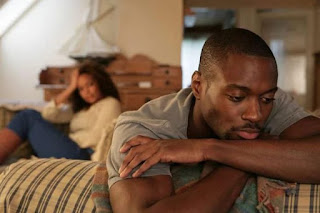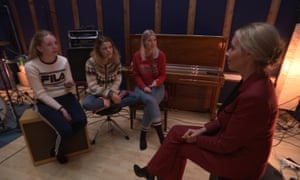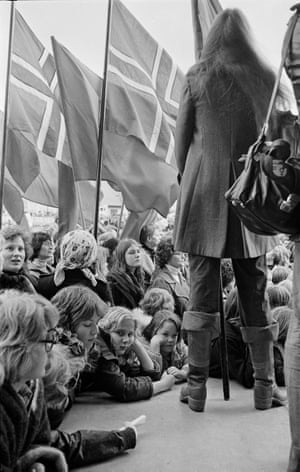The home was built in 1928 and features nine bedrooms and eight and a half baths, according to Politico, which first reported the address. The Obama’s area leasing the house from Joe Lockhart, who served as press secretary to Bill Clinton.
The house boasts a large reception area, ideal for Barack and Michelle to do a spot of entertaining post presidency

stairs






 ‘Iceland is a good place to be a woman.’ Photograph: Loftur Ásgeirsson/Reykjavik City Museum
‘Iceland is a good place to be a woman.’ Photograph: Loftur Ásgeirsson/Reykjavik City Museum
